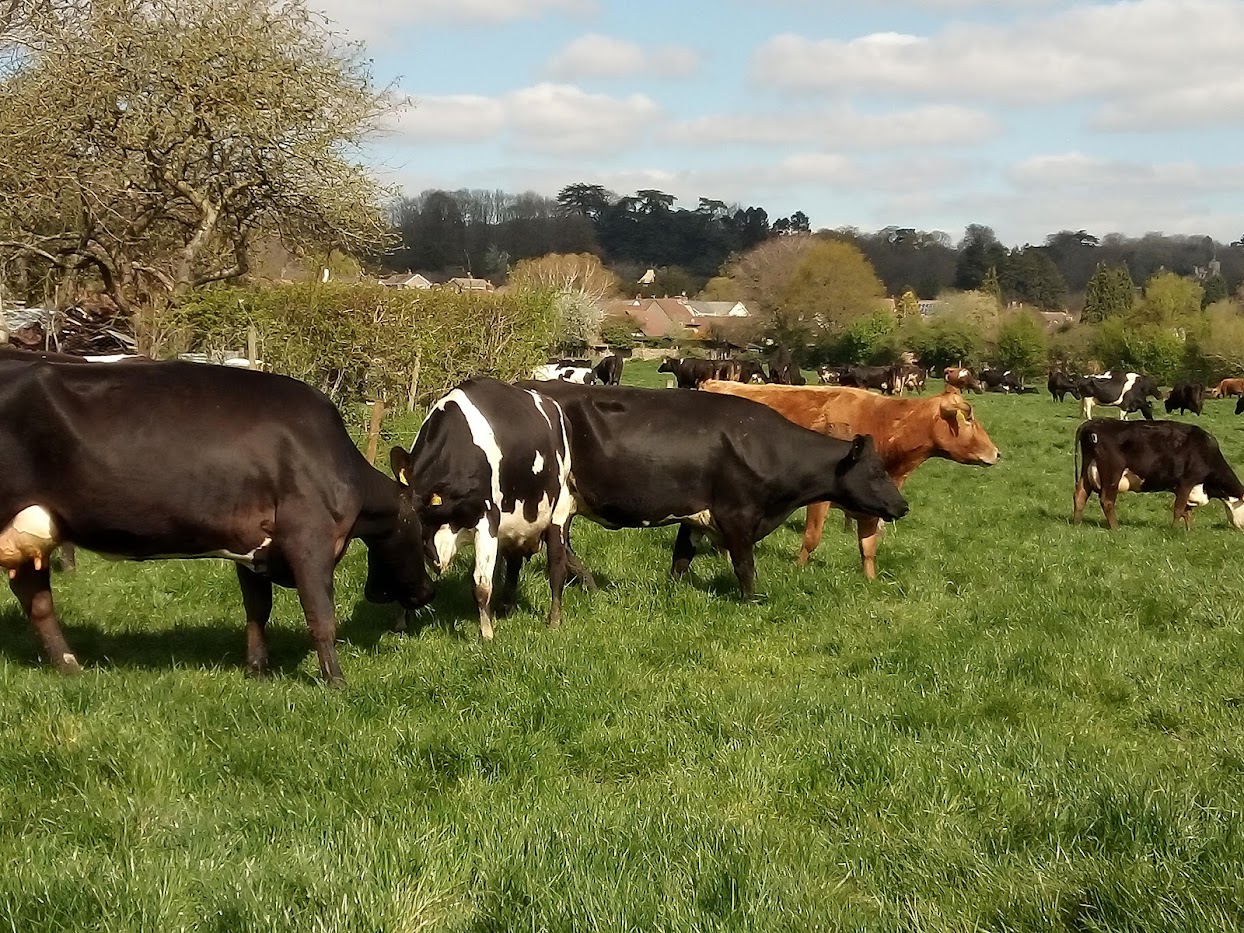Turn out for Magic Day – a grass growth case study
Thursday, 6 April 2023
In this article we examine the significance of Magic Day – or Balance Day - and when it arrives for Keith Davis of Lydney Park Farms.
What is Magic or Balance Day? This is the day that grass supply matches grass demand. It means shifting from managing a deficit to dealing with a surplus. Normally, in Britain, Magic Day is around 4–20 April, depending on growth rates and farm stocking rates.
Keith Davis manages a spring block-calving herd of 900 cows at Lydney Park, Gloucestershire. For Lydney, Keith predicts Magic Day to be 5 April. With grass growth records for over 10 years, there has been little variation on this date.
Fourteen-year average grass growth for Lydney Park Farms in Gloucestershire

Source: Keith Davis
Getting ready for Magic Day
In March, Keith was running behind the spring planner, but due to the recent wet weather, larger areas have been grazed to avoid poaching, and they have caught up. The ground has been very wet, and although cows are still out day and night, they are on a 9 Ha area per day as opposed to the planned 7 Ha per day, but with up to four grazing breaks per day and using multiple gateways.
Growth was 25 kg DM/Ha at the end of March on a grazing round of 35 days with an average farm cover of 2,200 kg DM/Ha. By the time they reach Magic Day, they expect the round to be down to 21 days. If growth doesn’t start to pick up and the average farm cover reaches 2,000, then Keith may start to buffer feed to protect growth.
Ideally, grass supply should be budgeted so that the first grazing rotation finishes on, or seven days before, Magic Day. Grazed grass grows grass, and achieving a full first round before Magic Day will ensure a consistent supply of grass in the diet. Grass grazed for the first time in April/May has a reduced potential for grass quality in comparison to that grazed in February and March, which in turn reduced the intake potential in future grazes.
Using on/off grazing
Some farms may find that grass could start to get away from them where they may have housed cows through this very wet period, so then the pressure will be on to prevent grazing covers from reaching 3,000 kg DM/Ha, where growth will slow and quality will reduce. Careful on/off grazing may help prevent this.
On/off grazing can be managed by allowing cows out to eat their grass allocation and then bringing them straight back in again. If buffer feeding, ensure cows still have an edge to their appetite and that silage has run out around three hours before turning out. Ideally, to protect the ground, offer blocks of ground and back fence rather than long, narrow areas of grass.
The key is to monitor whichever strategy you adopt, so cow performance isn’t negatively impacted.
Further information
 Keith Davis
Keith Davis

